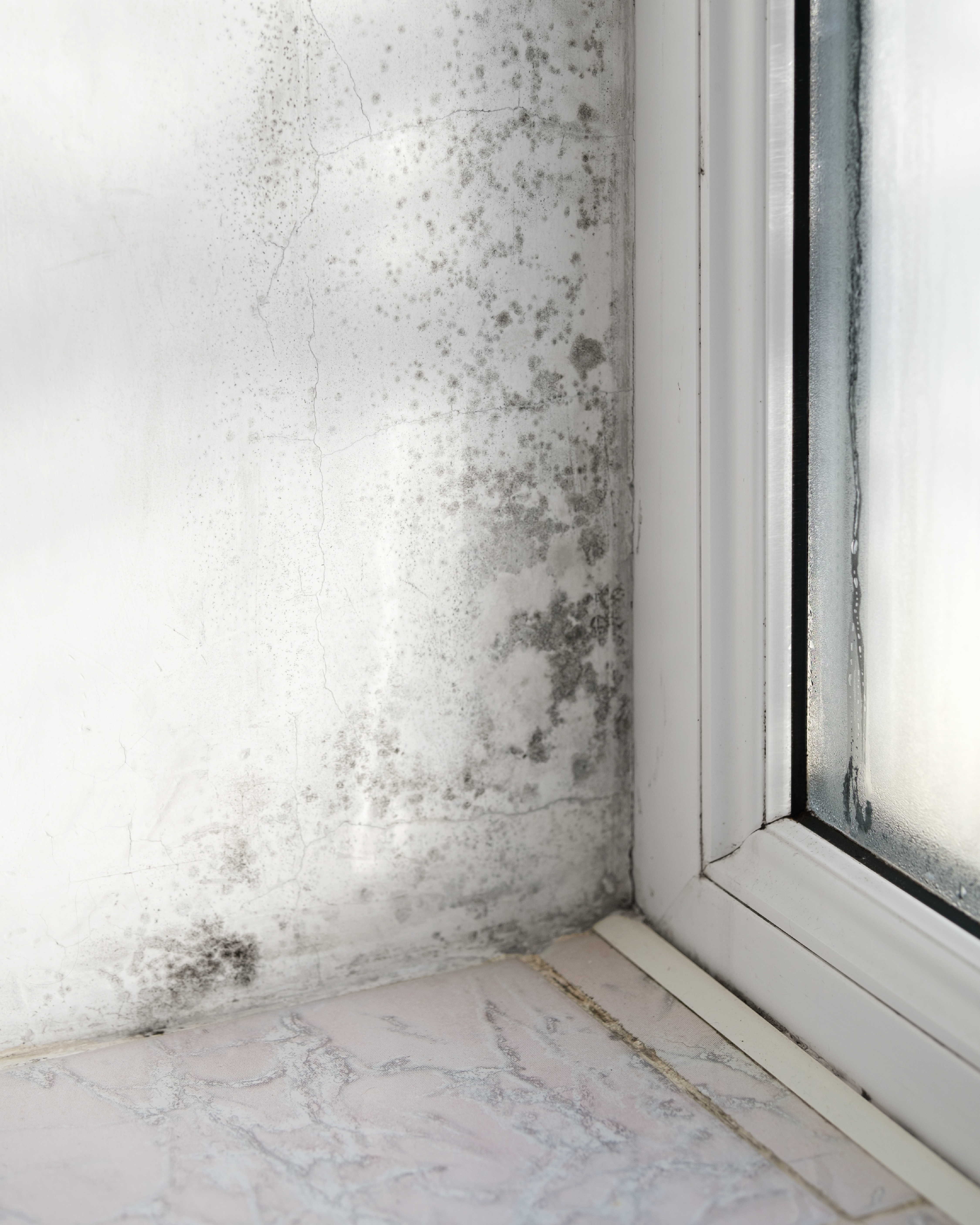

Why Retrofitting is the Future of Sustainable Living
In the UK, retrofitting homes is a critical strategy for reducing carbon emissions and lowering energy costs. The government has set an ambitious goal to retrofit 500,000 homes by 2030 to help meet its net-zero targets. With residential buildings contributing around 20% of the UK’s carbon emissions, upgrading homes is essential. However, while whole-house retrofits offer the most comprehensive solution, they are not a realistic option for many homeowners due to high costs, time constraints, and the complexity of the process. But even if a full retrofit isn’t within reach, smaller, more affordable steps can still make a big difference.
What Is a Whole House Retrofit?
A whole-house retrofit is an all-encompassing upgrade that improves every aspect of a home’s energy performance. It tackles insulation, windows, heating systems, and ventilation, aiming to eliminate energy loss throughout the home. Unlike smaller, piecemeal measures, whole-house retrofits maximise energy savings by addressing every source of inefficiency in the home. This approach is undoubtedly the gold standard for energy efficiency but often feels unattainable for the average homeowner.
Why Whole House Retrofits Matter in the UK
Energy Price Crisis: With UK energy bills on the rise, whole-house retrofits offer a potential solution, capable of cutting energy costs by as much as 60%.
Government Incentives: Programs like the Energy Company Obligation (ECO4) and the Boiler Upgrade Scheme provide grants to ease the financial burden of retrofitting, though even with support, the costs can remain high.
Climate Commitments: To meet legally binding carbon reduction targets, the UK must drastically improve the energy efficiency of its existing housing stock—28 million homes in total.
The Benefits of Whole House Retrofits
Significant Energy Savings: A comprehensive retrofit can reduce energy consumption by up to 60%, leading to dramatically lower energy bills.
Increased Comfort and Health: Better insulation and improved ventilation systems help create more comfortable living conditions while reducing the health risks linked to cold or damp environments.
Higher Property Value: Homes that are more energy-efficient often see an increase in market value, as buyers are increasingly prioritising sustainability and long-term energy savings.
Innovative Retrofitting Technologies in the UK
Advanced Insulation Materials: Cutting-edge materials such as aerogels and vacuum-insulated panels provide superior insulation without taking up excessive space.
Heat Pumps and Solar PV Systems: Combining heat pumps with solar photovoltaic panels can significantly reduce a home’s reliance on the energy grid.
Mechanical Ventilation with Heat Recovery (MVHR): These systems ensure fresh air circulation while minimising heat loss, improving both energy efficiency and indoor air quality1..
Case Study: Nottingham’s Energiesprong Project
Nottingham’s Energiesprong project offers a glimpse of what whole-house retrofits can achieve. This initiative has transformed social housing by installing prefabricated insulated panels, solar roofs, and advanced heating systems. These homes have now reached net-zero energy consumption, with residents seeing their energy bills reduced by up to 70%. While this project highlights the effectiveness of whole-house retrofits, it also underscores how difficult and costly these solutions can be to implement at scale.
Challenges to Scaling Up
Despite their benefits, whole-house retrofits face significant hurdles:
High Initial Costs: Even with government incentives, the upfront cost remains a major barrier for many homeowners.
Skills Shortages: The demand for retrofitting outpaces the supply of skilled professionals needed to carry out these complex projects.
Public Awareness: Many homeowners are either unaware of the potential benefits or feel overwhelmed by the process of retrofitting, especially when faced with the cost and logistical challenges.
The Way Forward: Policy and Market Recommendations
Expand Incentive Programs: More funding, particularly aimed at low- and middle-income households, is essential to make retrofitting more accessible.
Boost Training Initiatives: Increased investment in training is needed to develop a workforce capable of delivering high-quality retrofits across the country.
Raise Awareness: Clearer communication about the benefits of retrofitting and simpler guidance on how to begin the process would encourage wider participation.
Do What You Can
While whole-house retrofits are recognized as the best solution for energy efficiency, they are not feasible for most people due to their high cost and complexity. But that doesn’t mean homeowners should do nothing. Small, incremental improvements—such as sealing windows, adding insulation to attics, or switching to energy-efficient appliances—can have a significant impact over time. Each of these steps helps reduce energy consumption, lowers household bills, and contributes to a more sustainable future. Every small action adds up, proving that even when a full retrofit isn’t possible, doing what you can still makes a real difference.
Conclusion: Embracing Retrofits for a Greener UK
Whole-house retrofits are essential to achieving the UK’s climate goals and addressing the energy price crisis. However, given the cost and complexity, a full retrofit isn’t feasible for everyone. That’s why it’s important to remember that every little bit helps. Whether it’s homeowners making small upgrades, policymakers offering incremental incentives, or industry leaders finding ways to make retrofitting more affordable, every action counts. By working together to scale up these efforts, we can enhance home comfort, reduce emissions, and make energy-efficient living a reality for all.









